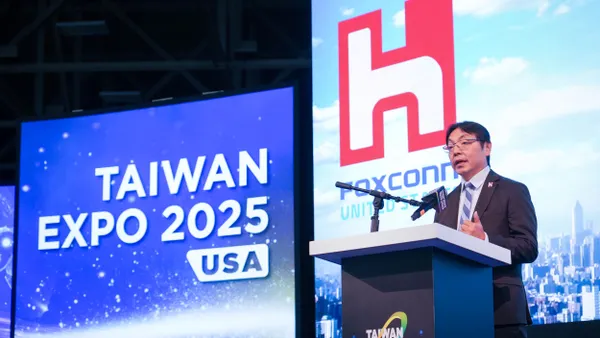Most employers haven’t adapted their practices to support the shift to flexible work, with 3 out of 4 workers saying their employer hasn’t provided training to handle it, according to a March 19 report by TechSmith Corp., Global Workplace Analytics and Caryatid Workplace Consultancy.
Five years ago, fewer than 5% of employees had the option to work remotely on a regular basis, according to the report; now 58% of workers have the option at least some of the time. As a result, leaders and managers need hybrid-related skills such as establishing team or meeting norms and leading a distributed workforce.
“The pandemic forced the majority of organizations into hybrid work practically overnight, with no time to consider how to support new practices,” Wendy Hamilton, CEO of TechSmith, said in a statement.
Access to flexibility also seems partly dependent on position and generation, the survey noted. Managers tend to be more tied to an office than individual contributors, while baby boomers tend to have more flexibility in where and when to work compared to Generation Z.
Notably, as companies continue to adapt to hybrid arrangements, managers think they’re better at their jobs than they actually are, according to a Checkr.com report. Managers may not be as effective at relating to their direct reports as they think, and they may be lacking in valuable leadership skills — which could directly impact retention and company culture.
For example, when managers don’t receive training, their female direct reports who work remotely may be overlooked, according to a Perceptyx report. In a hybrid work environment, managers may face challenges in intentionally recognizing their remote workers, and they may need additional training to develop a management strategy that incorporates in-person, hybrid and fully remote positions.
Among HR pros in particular, conducting remote HR functions can pose challenges for recruiting, hiring and onboarding, according to a report from MindEdge Learning and the HR Certification Institute. Turnover rates and employee burnout have also increased, they said.













